Soviet style: Frédéric Chaubin puts cosmic Communist constructions in the frame
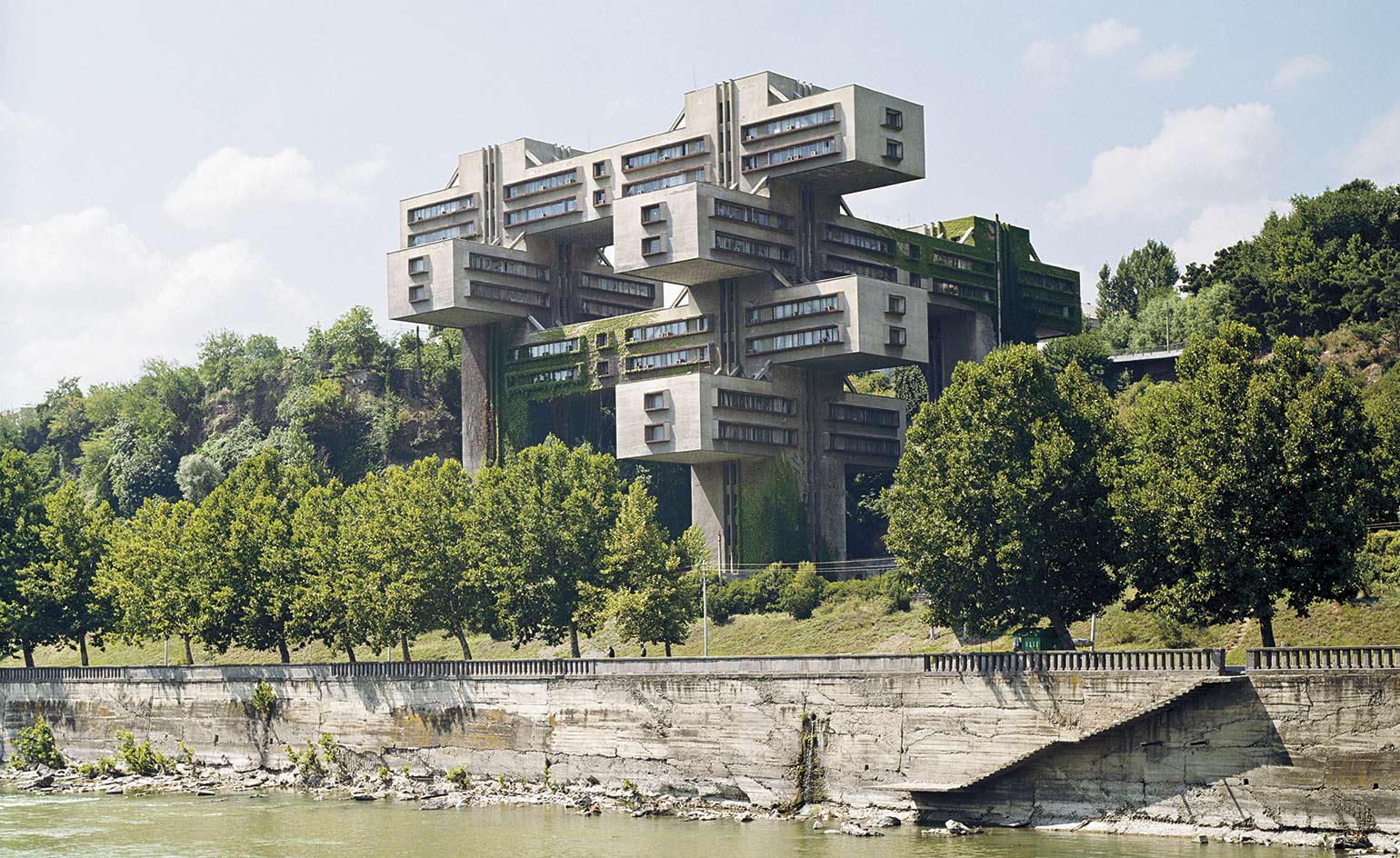
The ‘hidden architectural gem’ is an established trope of the modern age, something to be unearthed by an eager photographer and then propagated via the internet to an eager, ever increasing audience. Frédéric Chaubin’s visual exploration of the ‘fourth and final age of Soviet architecture’ is a case in point.
The sheer space-age strangeness of these buildings shows an architecture that was still ideologically charged, a noble communist assault against the value of abstract forms that Western designers had begun to turn their back on by the 1970s and 80s. A single example of any of these structures would throw a Western conservation body worth their salt into paroxysms of delight, for Chaubin presents a hidden history of architectural inventiveness, with a heft, solidity and fantastical outlook that today’s icon builders can only dream of.
The material of choice is concrete; raw, rich, sculptural, evocative and truly inspirational concrete, seen here fulfilling every dream of the early modernists and more. There is also chaos at work, a chaos that predates the parametric wet dreams and CGI-inspired voluptuousness of so much modern design, depending instead on the slide rule and certainty of poured, hammered concrete and exotically abstract decoration. Drawn from the far reaches of the USSR, soon to be fragmented away from the motherland, the diversity of the 90 featured buildings foreshadows the chaos that led to the end of the Soviet era.
Today, the heady combination of Soviet style and architectural extravagance is very much back in fashion, and the tragic ideological missteps that underpin so many of these structures is easily overlooked. As Chaubin notes in his introduction, ‘the Soviet Union was a labour camp, but also a gigantic holiday camp, a place where recreational activities were rigorously planned’.
From stadiums to scientific laboratories, playgrounds to health clubs, these buildings carried the torch of Constructivism, mixed in with American Googie, and central European Expressionism, creating slices of space age modern baroque that are now forgotten, faded and patched. For the most part, the infrastructure and systems that spawned this work have long since evaporated, leaving behind examples of high architectural melodrama that can never be repeated.
This article was originally published in January 2011 and updated for the book’s September 2017 reissue

The architecture faculty at the Polytechnic Institute of Minsk, Belarus, and its succession of overhanging lecture theatres, by V Anikin and I Yesman, 1983
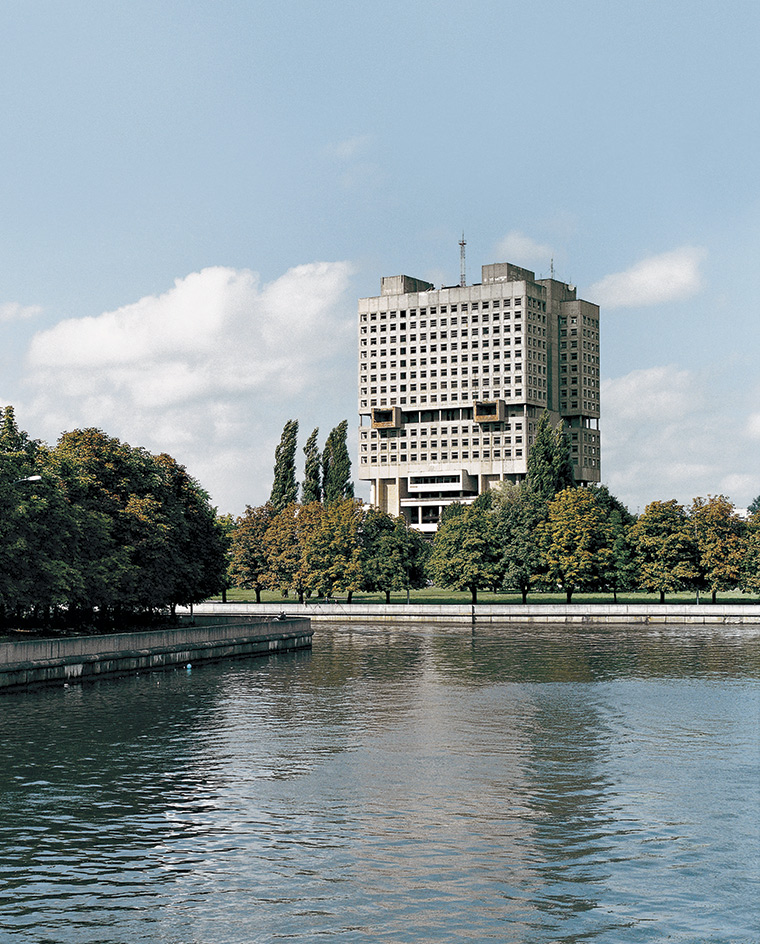
The anthropomorphic House of Soviets in Kaliningrad stands on the site of the Saxon castle of Königsberg. Begun in 1974, its construction was never completed because of its structural flaws and the collapse of the USSR

Palace of Ceremonies in Tbilisi, Georgia, by R Dzhorbenadze and V Orbeladze, 1985
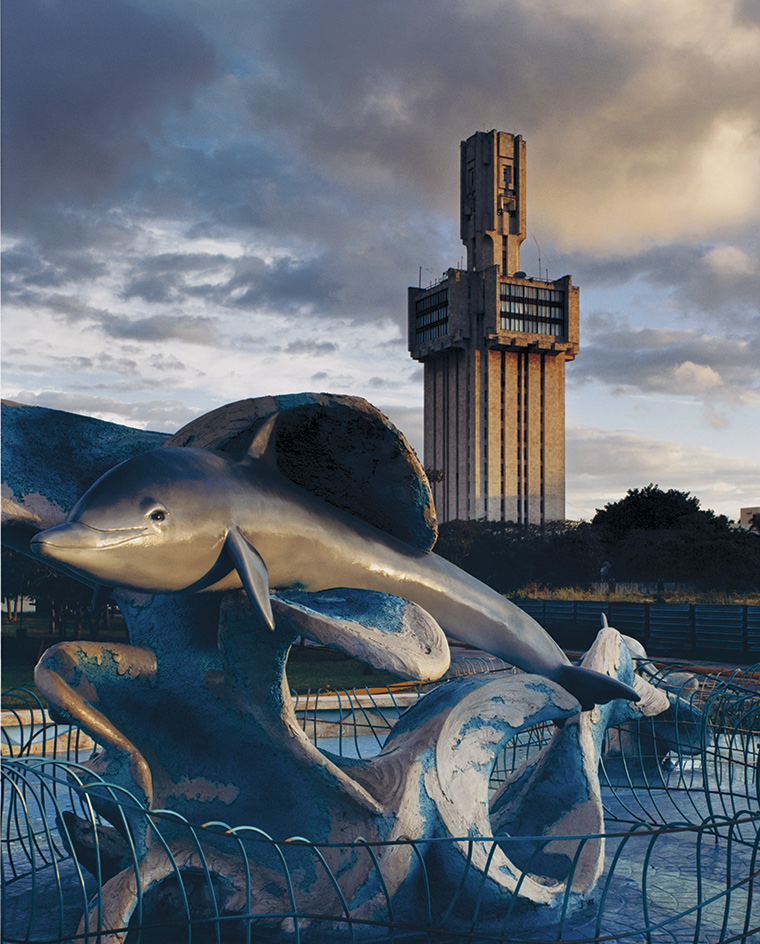
Soviet embassy in Havana, Cuba, by Alexander Rochegov, 1985
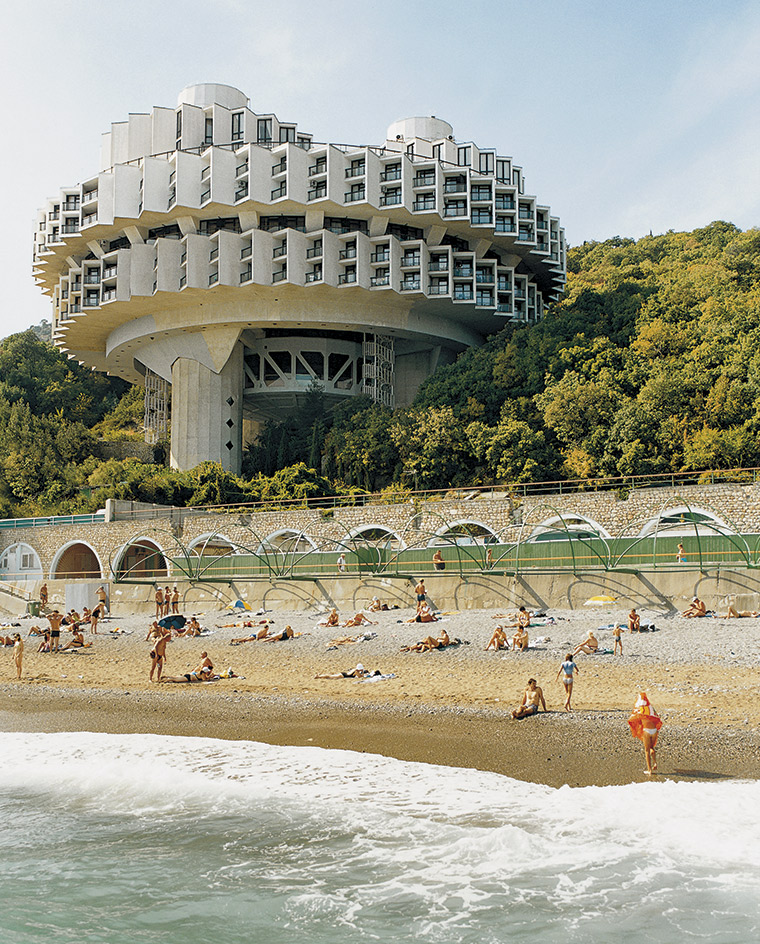
Druzhba sanatorium in Yalta, Ukraine, by I Vasilevsky and Y Stefanchuk, 1985
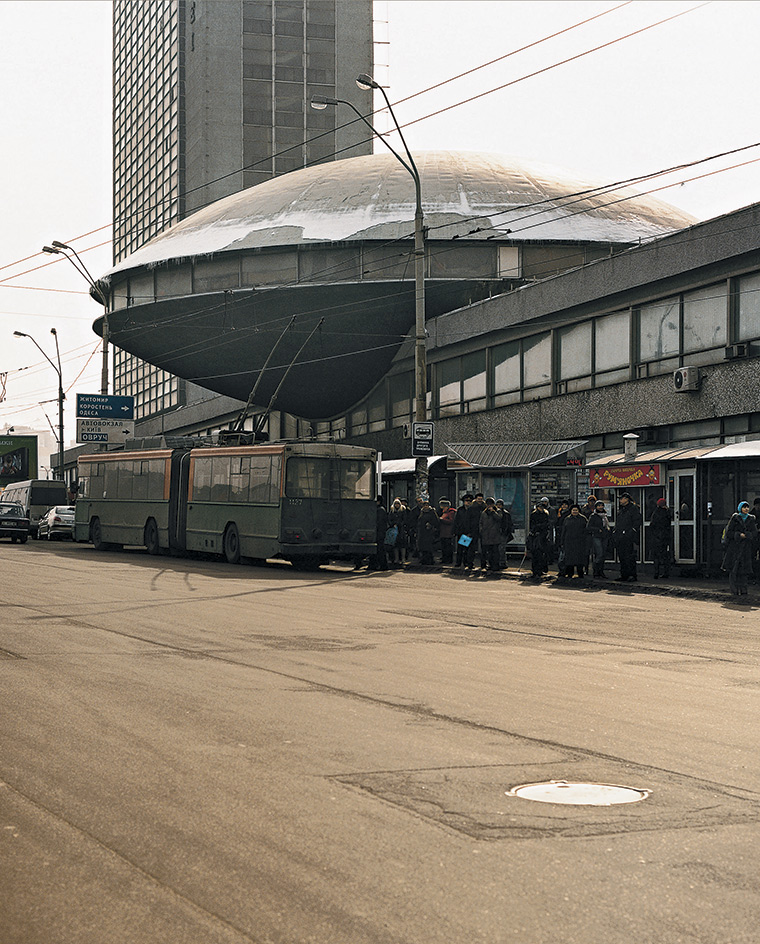
Ukrainian Institute of Scientific and Technological Research and Development in Kiev, Ukraine, by L Novikov and F Turiev, 1971
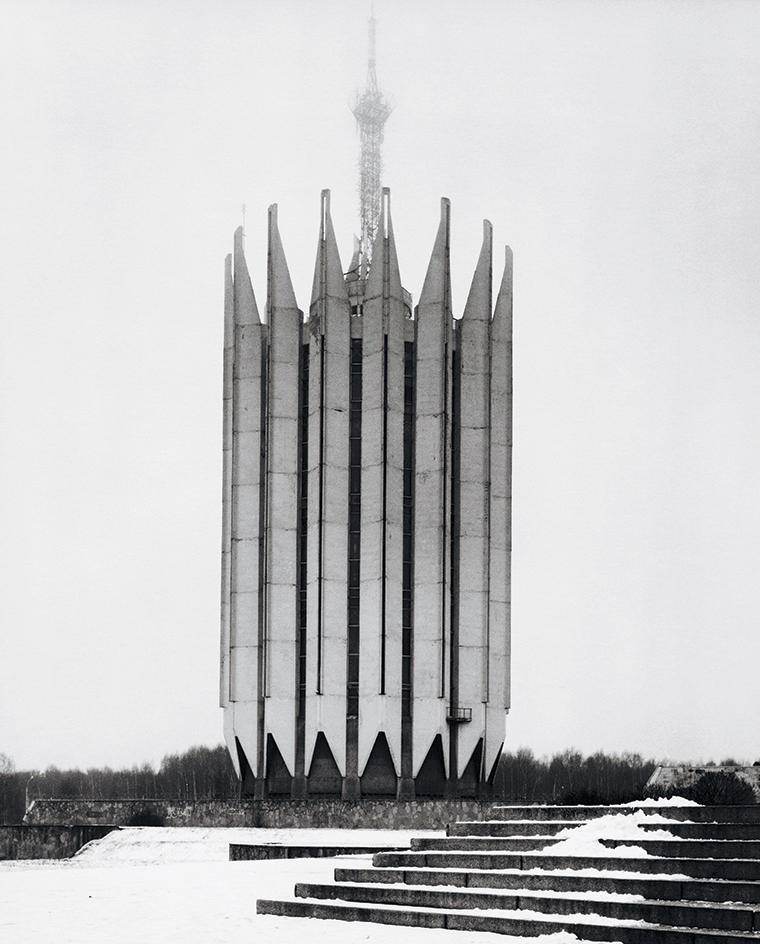
Institute of Robotics and Technical Cybernetics in St Petersburg, Russia, by S Savin and B Artiushin, 1987
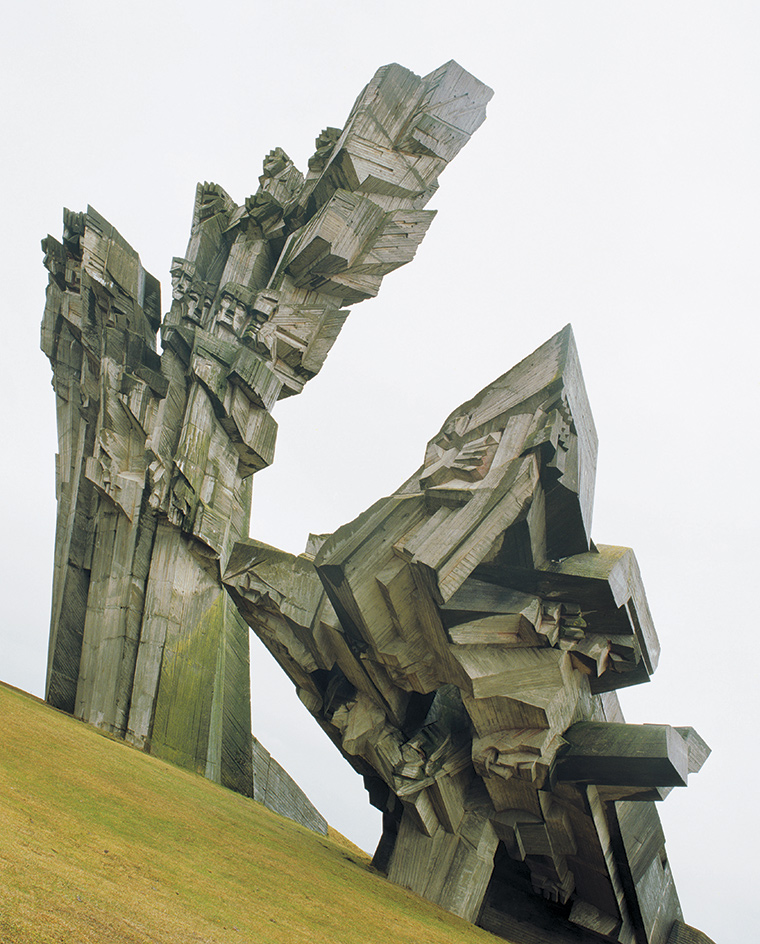
Built in the 19th century, the Ninth Fort at Kaunas in Lithuania was used by the Soviet NKVD as a detention centre and then by the German occupying forces. The 32 metre-high memorial stands on the site of mass executions carried out during the Holocaust. This spectacular evocation of suffering and death was designed by the sculptor Alfonsas Ambraziunas in 1983
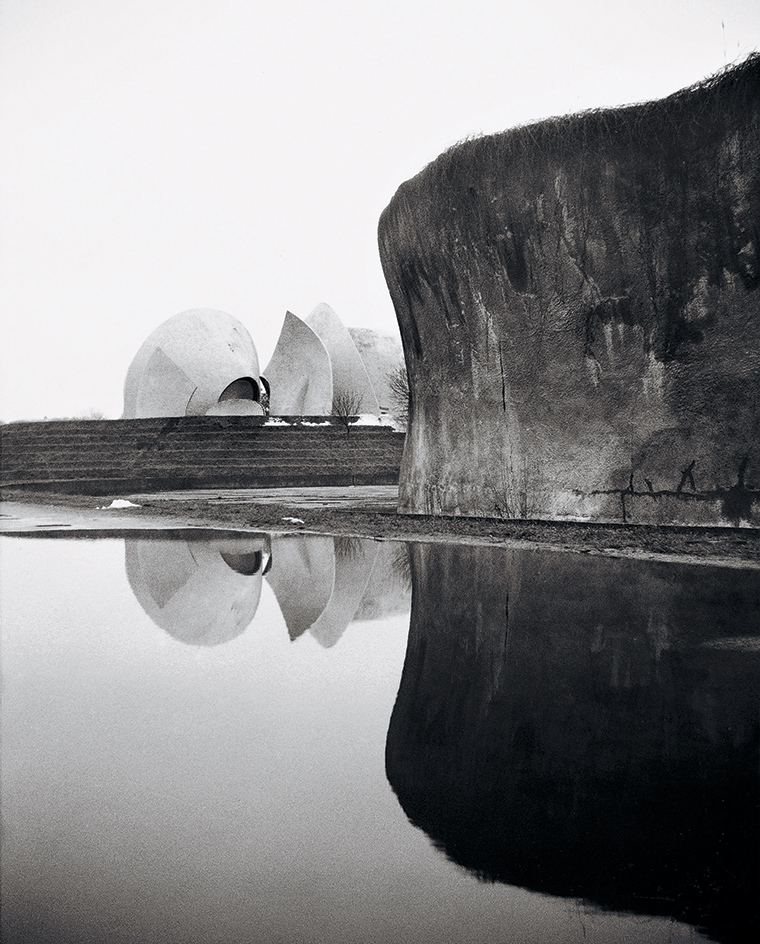
Crematorium in Kiev, Ukraine, by A Miletski, 1985
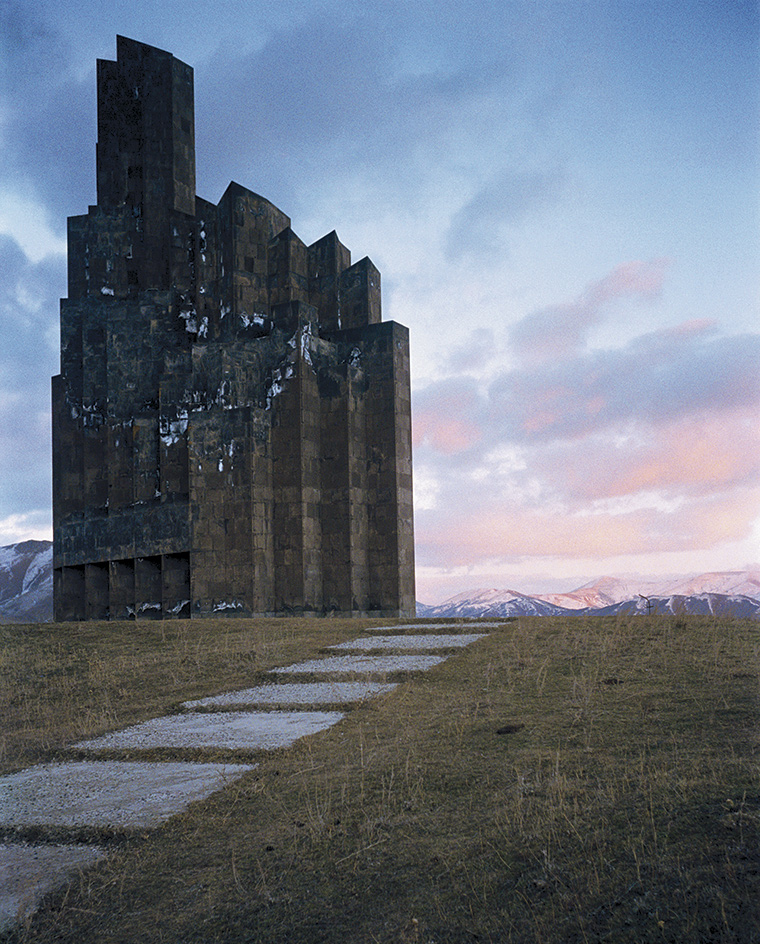
Monument to the Battle of Bash-Aparanin Armeniam, by Rafael Israelyan, 1979
INFORMATION
Frédéric Chaubin. Cosmic Communist Constructions Photographed, £ 34.99, published by Taschen
Receive our daily digest of inspiration, escapism and design stories from around the world direct to your inbox.
Jonathan Bell has written for Wallpaper* magazine since 1999, covering everything from architecture and transport design to books, tech and graphic design. He is now the magazine’s Transport and Technology Editor. Jonathan has written and edited 15 books, including Concept Car Design, 21st Century House, and The New Modern House. He is also the host of Wallpaper’s first podcast.
-
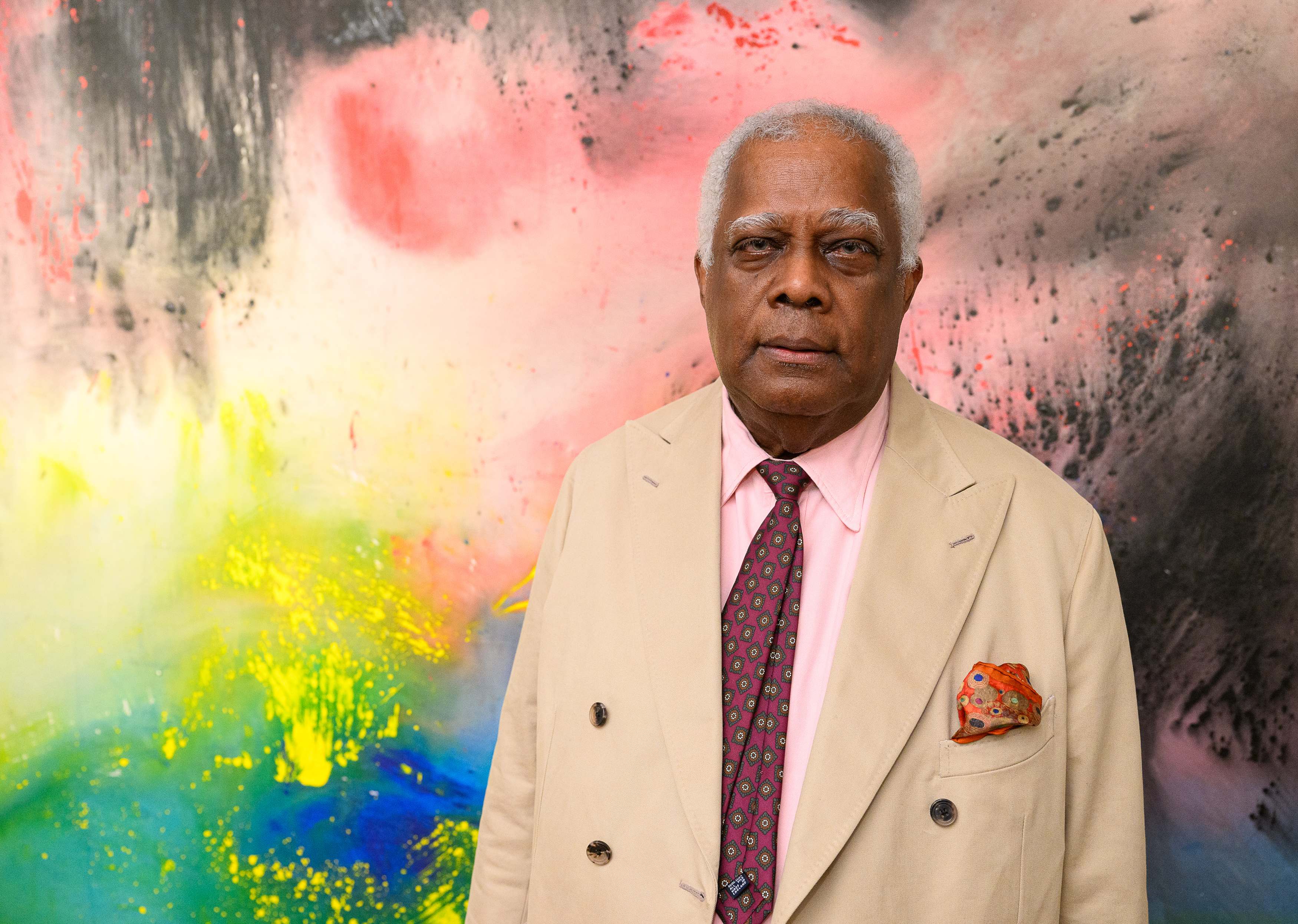 Winston Branch searches for colour and light in large-scale artworks in London
Winston Branch searches for colour and light in large-scale artworks in LondonWinston Branch returns to his roots in 'Out of the Calabash' at Goodman Gallery, London ,
-
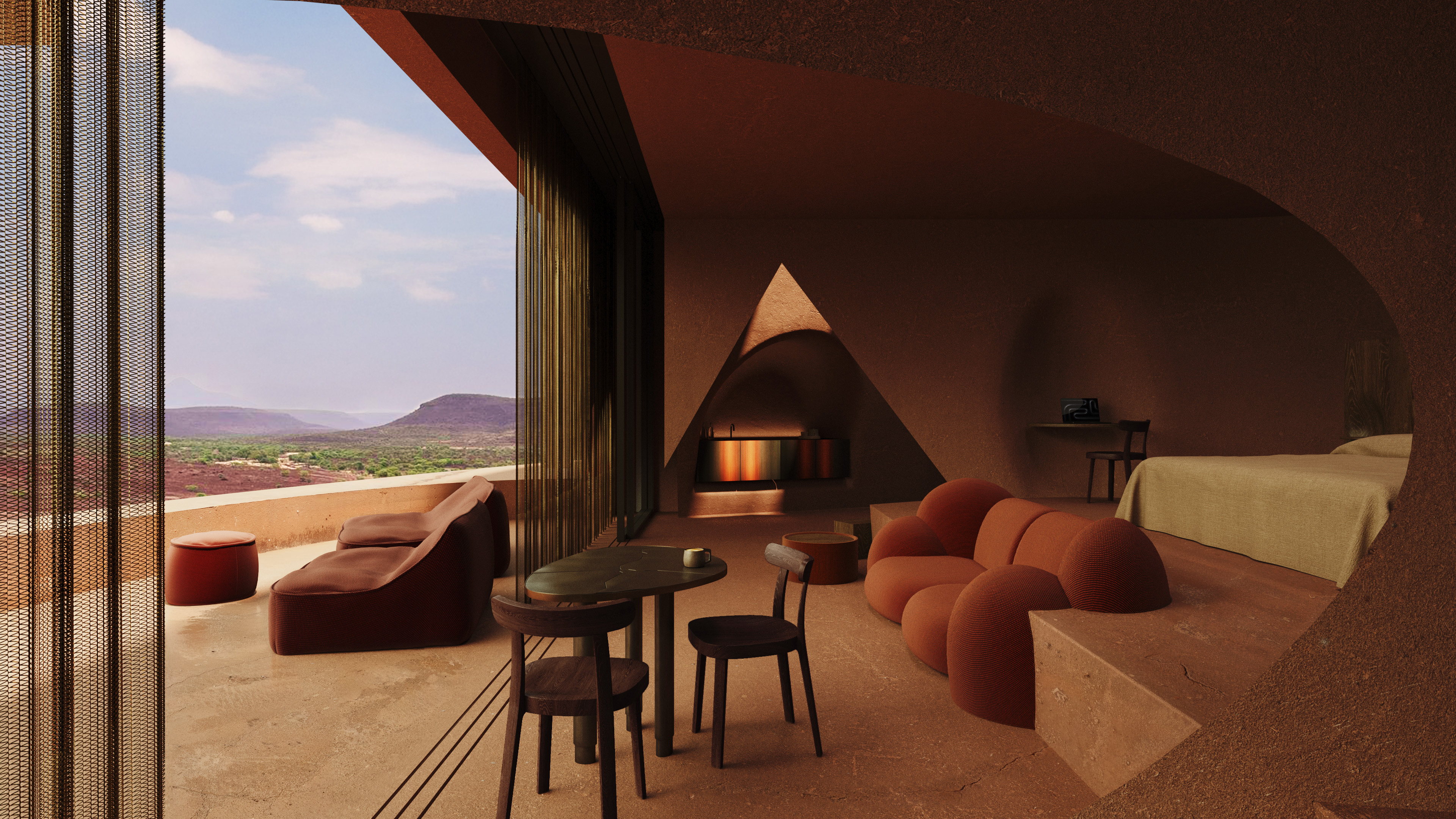 The most anticipated hotel openings of 2026
The most anticipated hotel openings of 2026From landmark restorations to remote retreats, these are the hotel debuts shaping the year ahead
-
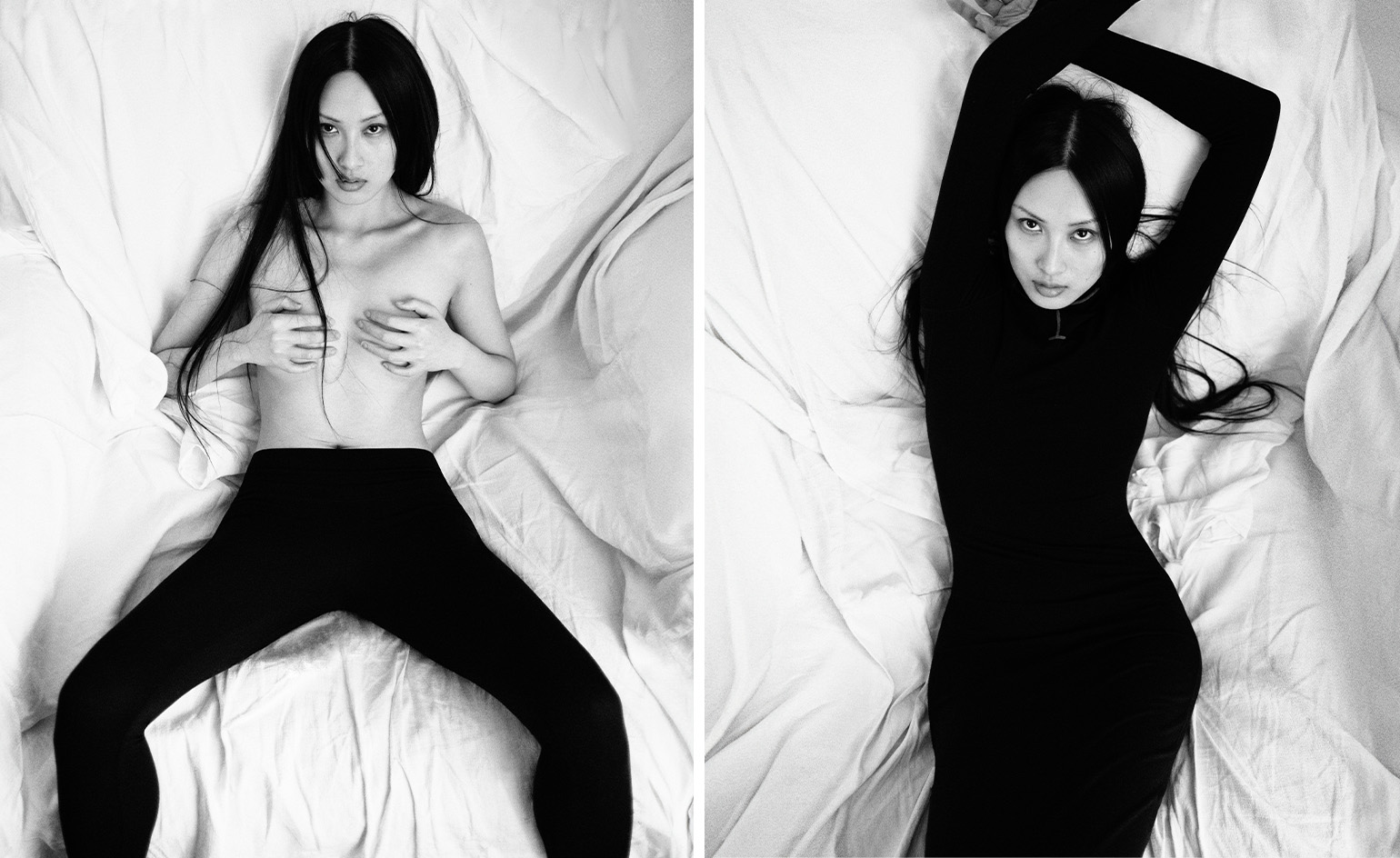 Is the future of beauty skincare you can wear? Sylva’s Tallulah Harlech thinks so
Is the future of beauty skincare you can wear? Sylva’s Tallulah Harlech thinks soThe stylist’s label, Sylva, comprises a tightly edited collection of pieces designed to complement the skin’s microbiome, made possible by rigorous technical innovation – something she thinks will be the future of both fashion and beauty
-
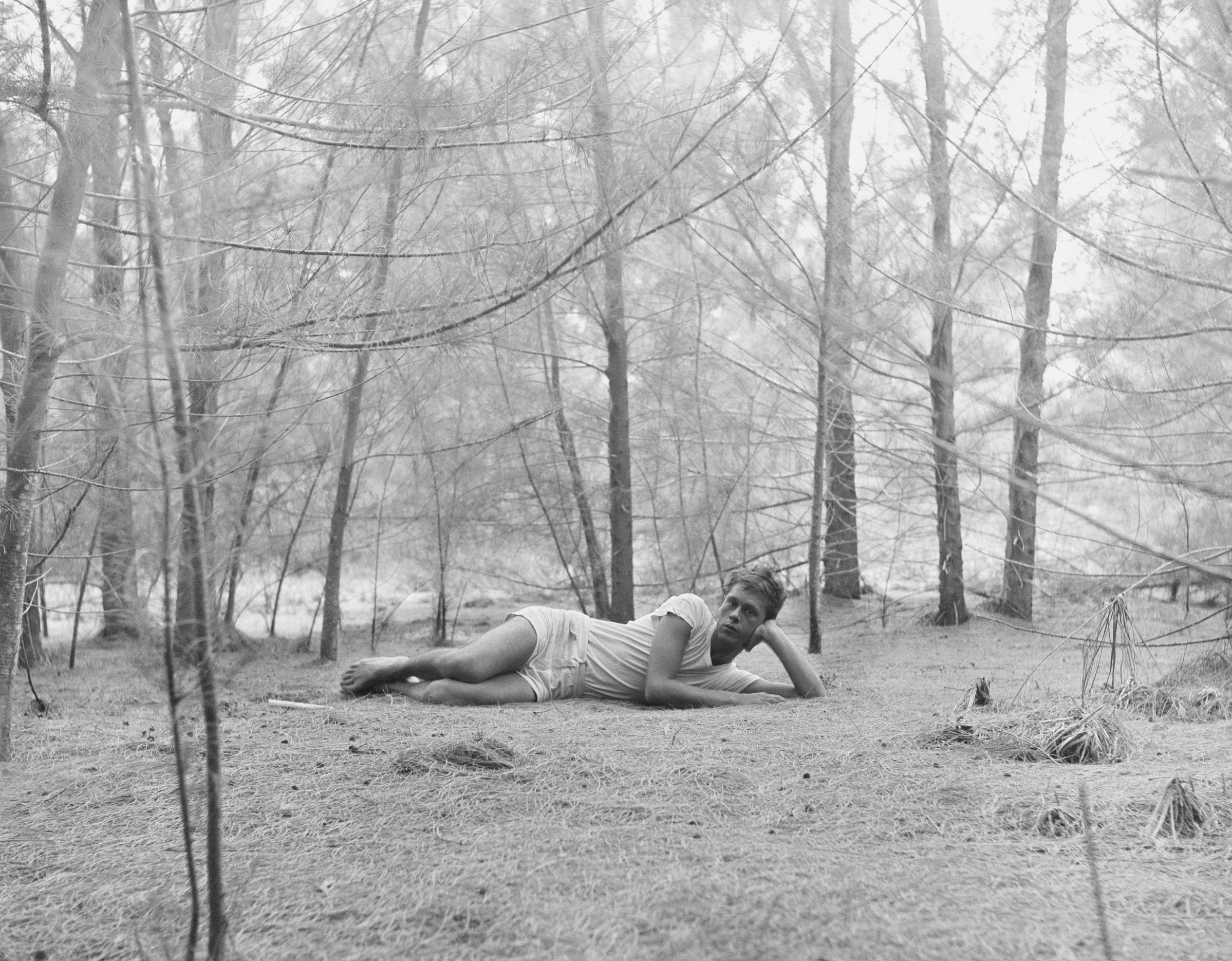 Inside the seductive and mischievous relationship between Paul Thek and Peter Hujar
Inside the seductive and mischievous relationship between Paul Thek and Peter HujarUntil now, little has been known about the deep friendship between artist Thek and photographer Hujar, something set to change with the release of their previously unpublished letters and photographs
-
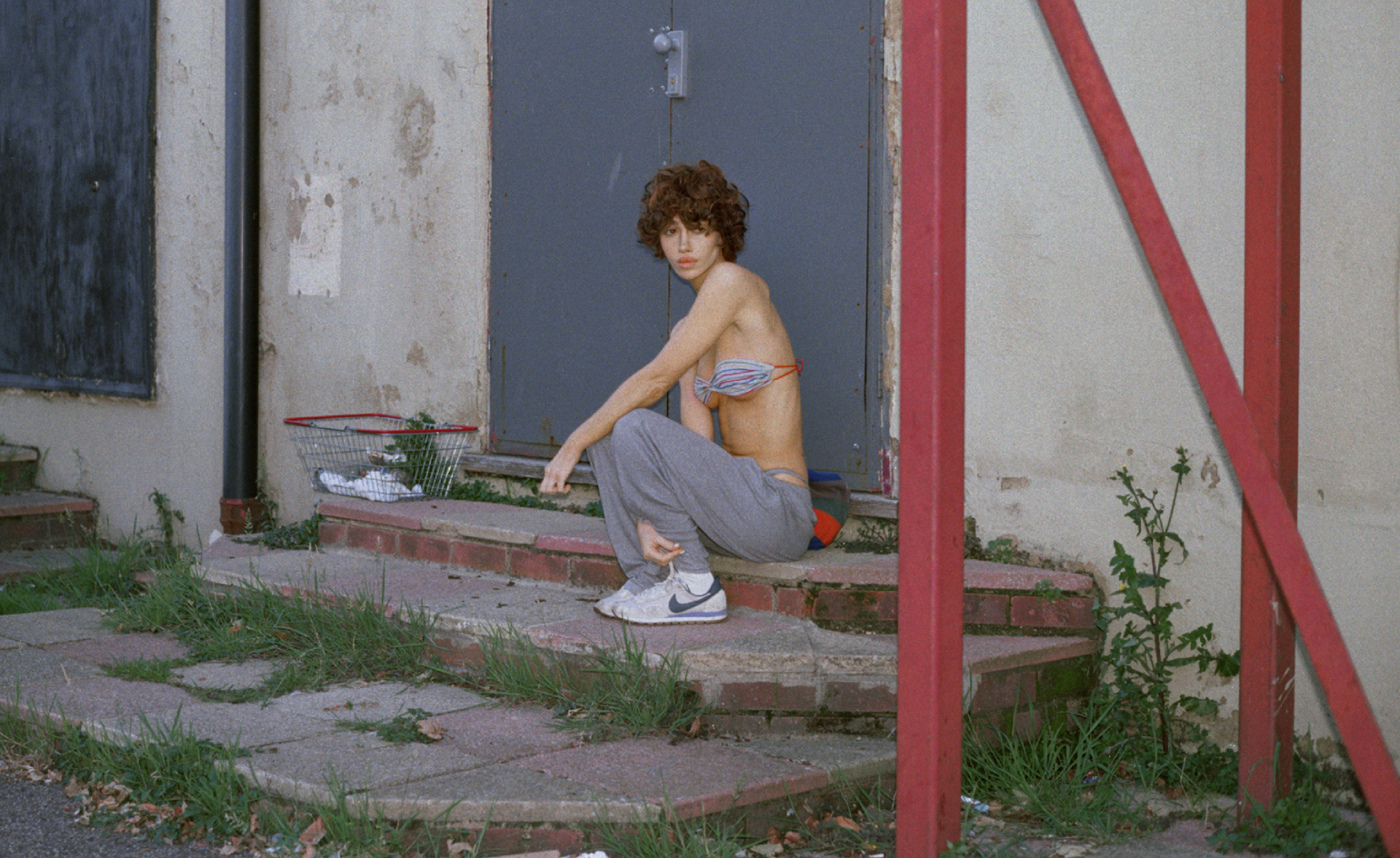 Nadia Lee Cohen distils a distant American memory into an unflinching new photo book
Nadia Lee Cohen distils a distant American memory into an unflinching new photo book‘Holy Ohio’ documents the British photographer and filmmaker’s personal journey as she reconnects with distant family and her earliest American memories
-
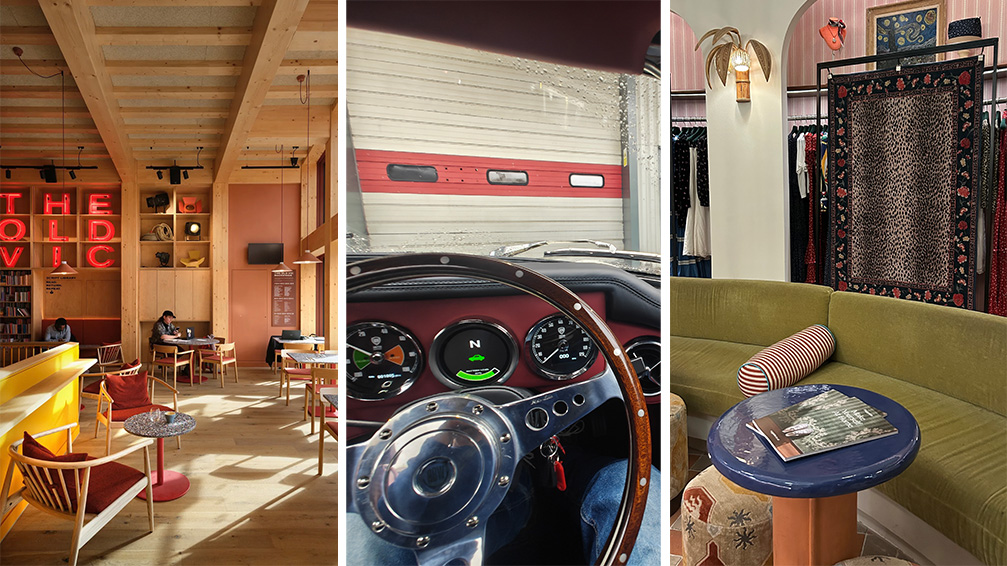 Out of office: The Wallpaper* editors’ picks of the week
Out of office: The Wallpaper* editors’ picks of the weekThe rain is falling, the nights are closing in, and it’s still a bit too early to get excited for Christmas, but this week, the Wallpaper* team brought warmth to the gloom with cosy interiors, good books, and a Hebridean dram
-
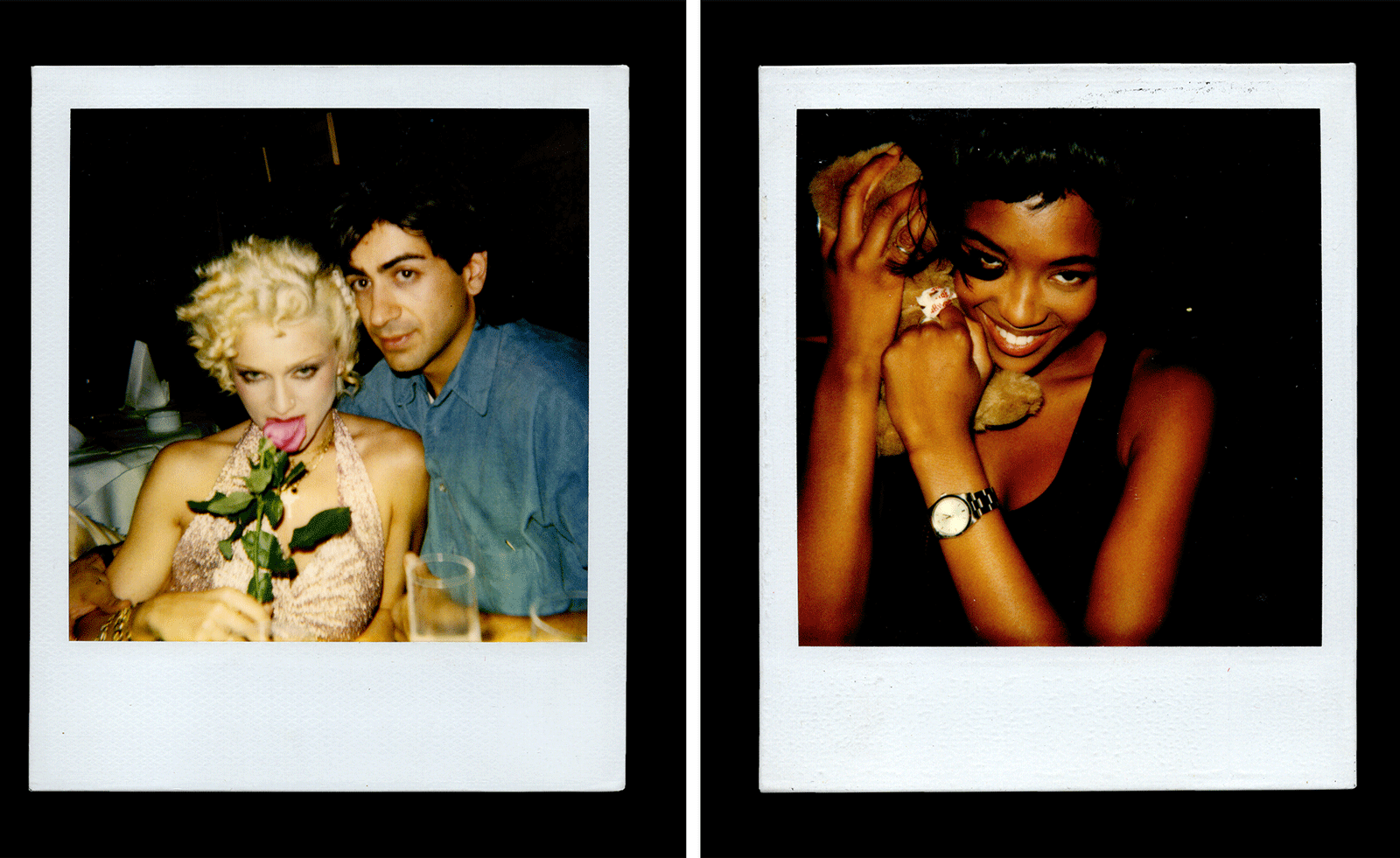 Inside Davé, Polaroids from a little-known Paris hotspot where the A-list played
Inside Davé, Polaroids from a little-known Paris hotspot where the A-list playedChinese restaurant Davé drew in A-list celebrities for three decades. What happened behind closed doors? A new book of Polaroids looks back
-
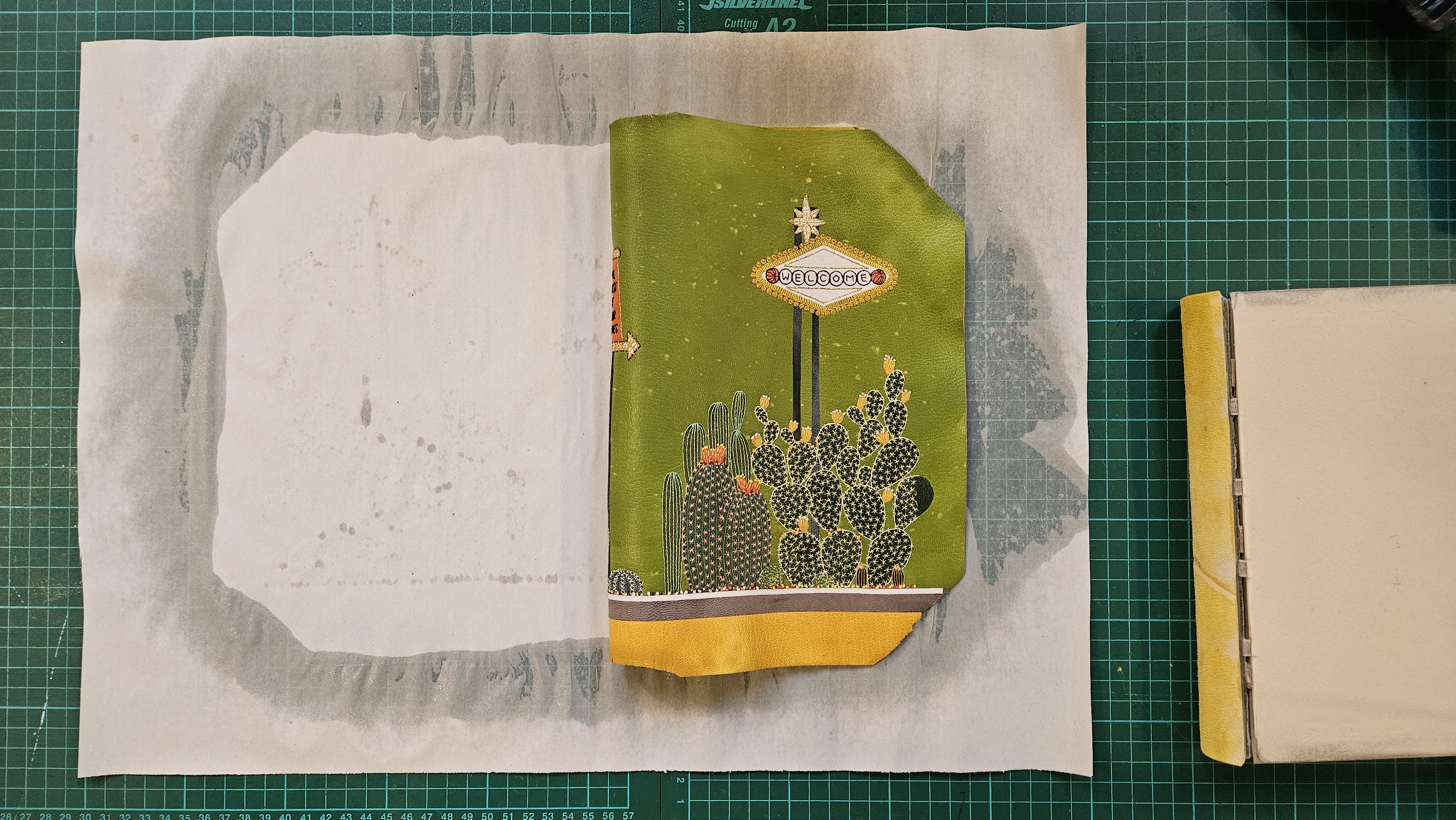 Inside the process of creating the one-of-a-kind book edition gifted to the Booker Prize shortlisted authors
Inside the process of creating the one-of-a-kind book edition gifted to the Booker Prize shortlisted authorsFor over 30 years each work on the Booker Prize shortlist are assigned an artisan bookbinder to produce a one-off edition for the author. We meet one of the artists behind this year’s creations
-
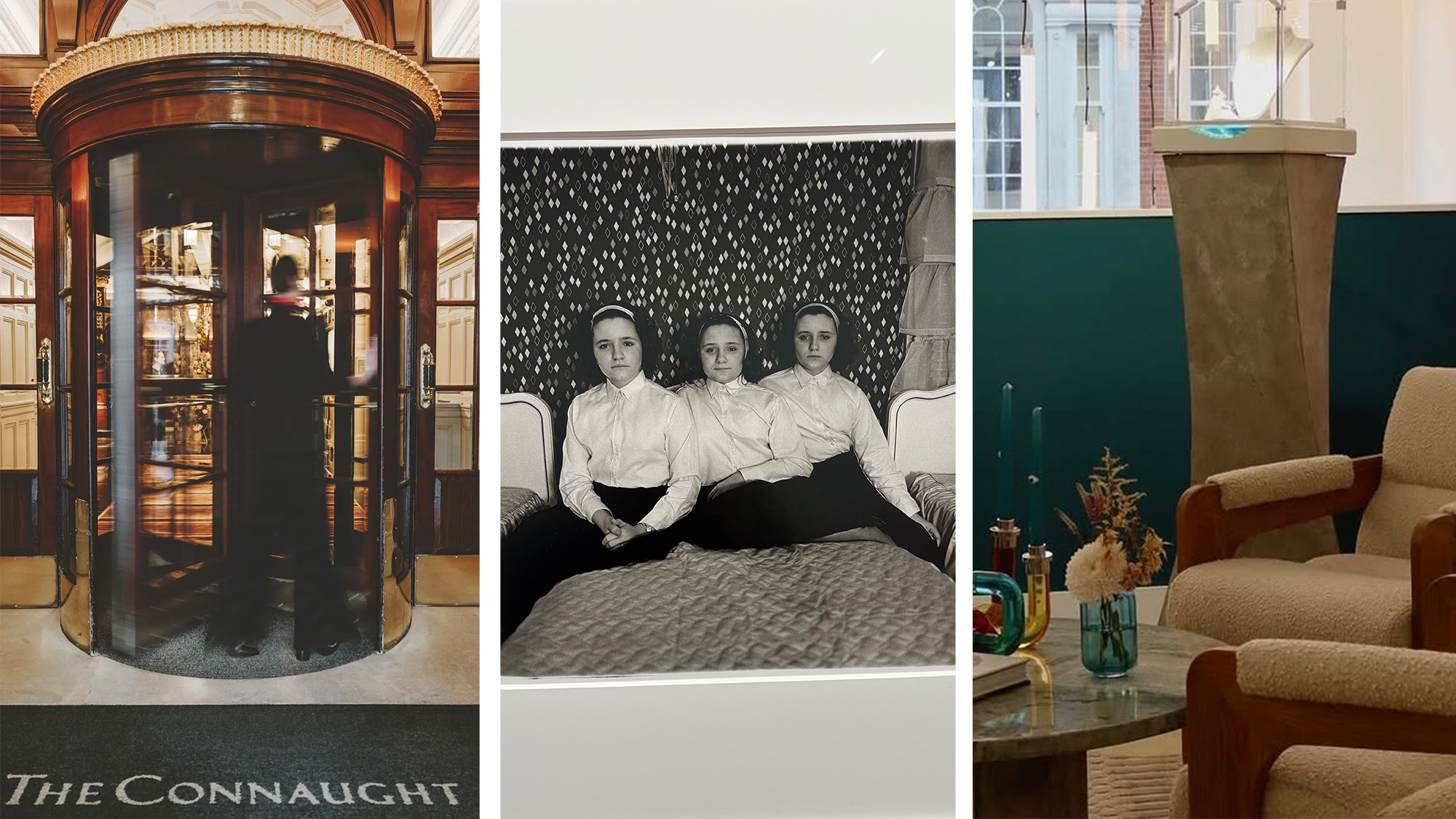 Out of office: The Wallpaper* editors’ picks of the week
Out of office: The Wallpaper* editors’ picks of the weekThis week, the Wallpaper* editors curated a diverse mix of experiences, from meeting diamond entrepreneurs and exploring perfume exhibitions to indulging in the the spectacle of a Middle Eastern Christmas
-
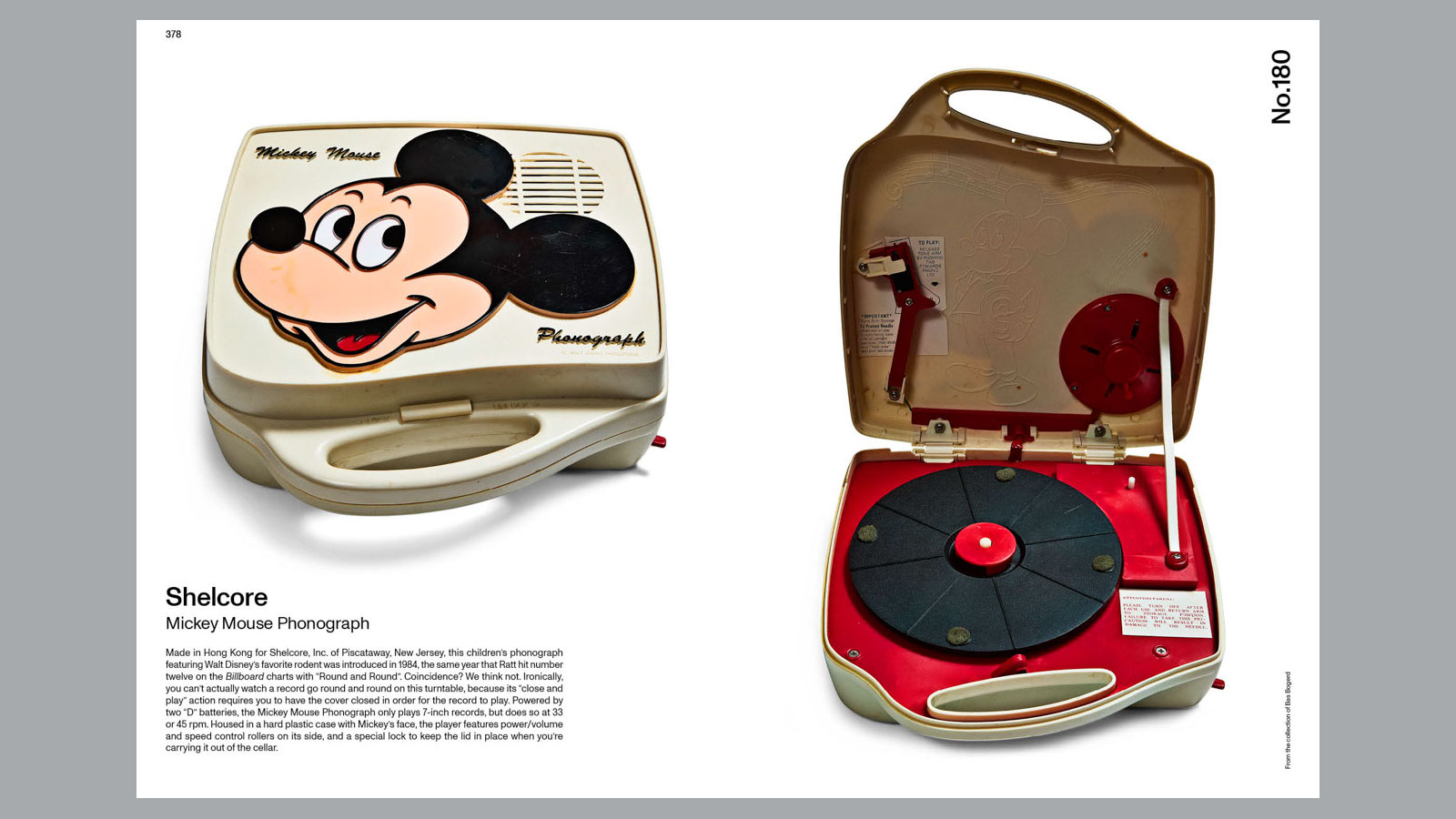 14 of the best new books for music buffs
14 of the best new books for music buffsFrom music-making tech to NME cover stars, portable turntables and the story behind industry legends – new books about the culture and craft of recorded sound
-
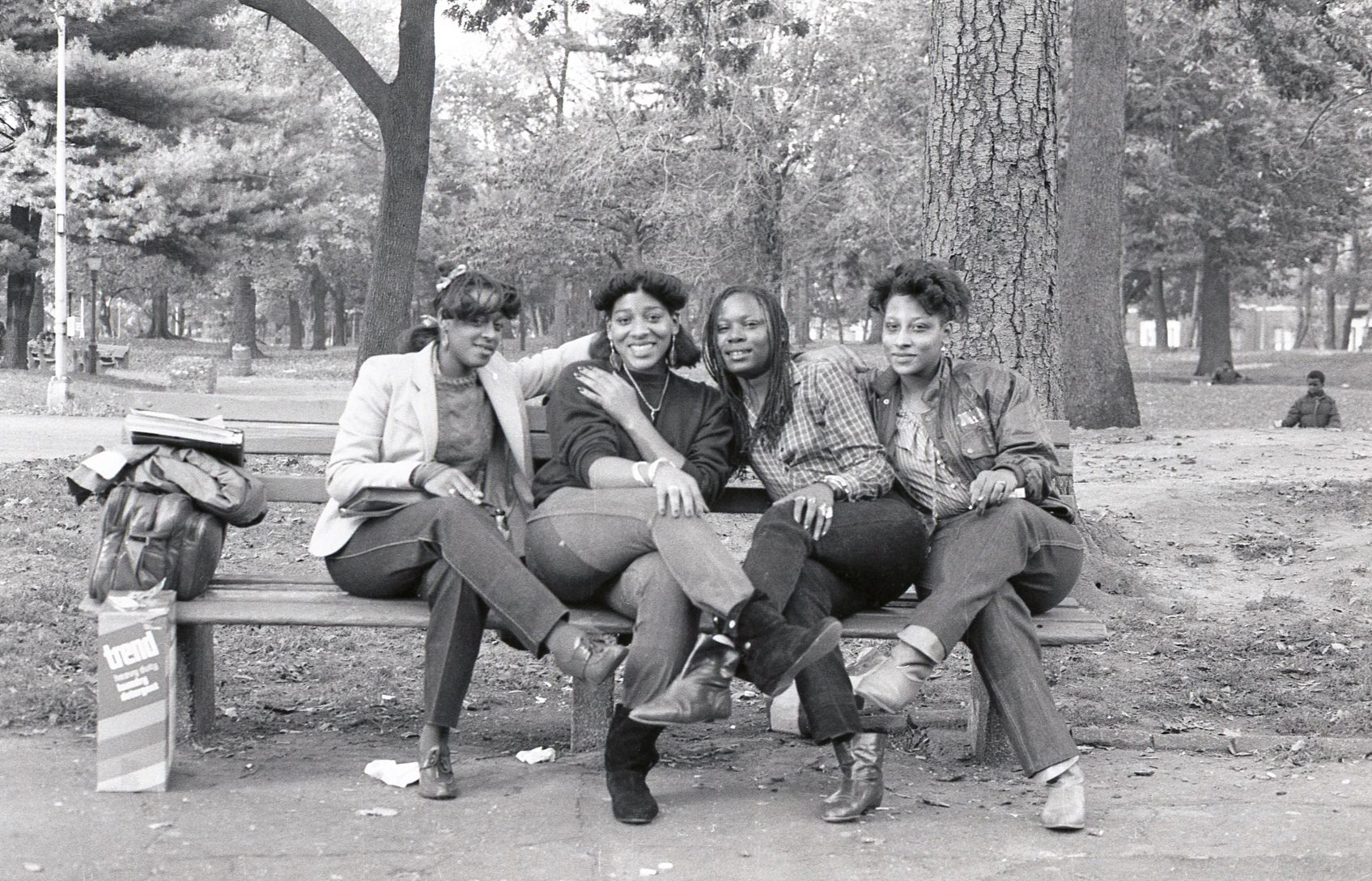 Jamel Shabazz’s photographs are a love letter to Prospect Park
Jamel Shabazz’s photographs are a love letter to Prospect ParkIn a new book, ‘Prospect Park: Photographs of a Brooklyn Oasis, 1980 to 2025’, Jamel Shabazz discovers a warmer side of human nature